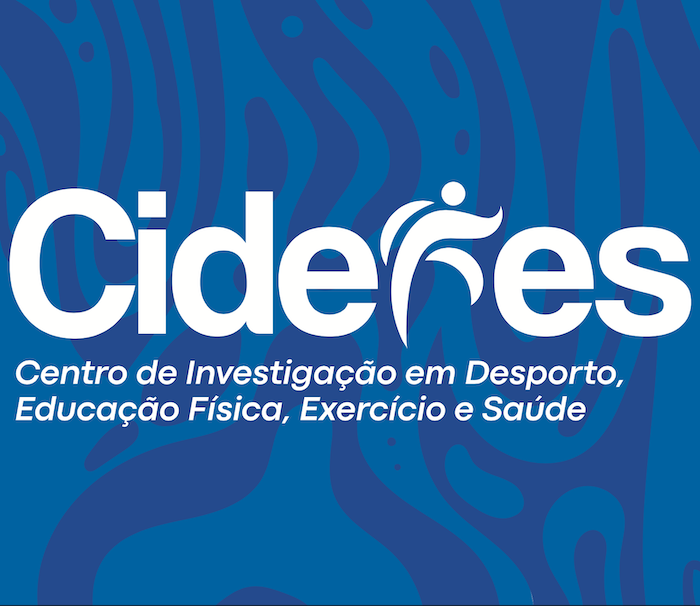Projects
Investigating Indicators of Efficacy and Efficiency in Cardiopulmonary Resuscitation (CPR)
A. Project Name
Investigating Indicators of Efficacy and Efficiency in Cardiopulmonary Resuscitation (CPR)
B. Submitted to the call/funding institution
FCT (projeto exploratório)
C. Principal Investigator
Tiago Atalaia (Escola Superior de Saúde da Cruz Vermelha Portuguesa)
D. Timeline
27/02/2024 (submitted)
E. Partners
Escola Superior de Saúde da Cruz Vermelha Portuguesa
F. From CIDEFES
Pedro Aleixo
José Morgado
G. Summary
The proposed project aims to define indicators of cardiopulmonary resuscitation (CPR) efficacy and efficiency related to the rescuer's posture,
position, and performance. The study will follow an observational cross-sectional design and includes CPR resuscitators who meet specific inclusion
criteria such as having at least 5 years of experience, being below 60 years old, and having no injury history on the day of data collection. Informed
consent will be obtained from all participants.
Data collection will take place in four different contexts: 1) standing CPR on a bed with a standard height of 63cm, 2) standing CPR on a bed with a
height selected by the resuscitator, 3) standing CPR on a bed with a standard height of 37cm, and 4) kneeling CPR on the floor. The volunteers will be
assessed for fatigue levels, kinematic and kinetic variables during CPR performance, muscular activity, and depth and frequency of chest
compressions (CC). During the assessments, the volunteers will perform CPR on the left side of the mannequin with their right hand on the sternum.
The CPR protocol will involve 5 cycles of 2 minutes of CC on the mannequin with 2 minutes of rest intervals. Participants will be instructed not to
engage in physical exercise 48 hours before the assessments and to avoid consuming alcohol, coffee, or tea on the day of the assessments.
Various measurements will be taken during the assessments, including fatigue levels assessed through blood lactate levels, heart rate, respiratory
rate, subjective effort scale (Borg Scale), and visual analogue scale (VAS) for fatigue. Kinematic parameters during CC will be measured using inertial
sensors, and kinetic parameters will be measured using force sensors on the hands and a pressure plate to assess forces and pressures applied to
the mannequin and the ground. Muscle activity will be measured using surface electromyography, and oximetry will be conducted to measure
oxygen saturation levels. Lactate levels will be collected through blood samples obtained via an ear prick.
Overall, the project aims to identify indicators that can contribute to improving the efficacy and efficiency of CPR, with the intention of incorporating
the results into CPR training and enhancing the response to cardiorespiratory arrest.
Investigating Indicators of Efficacy and Efficiency in Cardiopulmonary Resuscitation (CPR)
B. Submitted to the call/funding institution
FCT (projeto exploratório)
C. Principal Investigator
Tiago Atalaia (Escola Superior de Saúde da Cruz Vermelha Portuguesa)
D. Timeline
27/02/2024 (submitted)
E. Partners
Escola Superior de Saúde da Cruz Vermelha Portuguesa
F. From CIDEFES
Pedro Aleixo
José Morgado
G. Summary
The proposed project aims to define indicators of cardiopulmonary resuscitation (CPR) efficacy and efficiency related to the rescuer's posture,
position, and performance. The study will follow an observational cross-sectional design and includes CPR resuscitators who meet specific inclusion
criteria such as having at least 5 years of experience, being below 60 years old, and having no injury history on the day of data collection. Informed
consent will be obtained from all participants.
Data collection will take place in four different contexts: 1) standing CPR on a bed with a standard height of 63cm, 2) standing CPR on a bed with a
height selected by the resuscitator, 3) standing CPR on a bed with a standard height of 37cm, and 4) kneeling CPR on the floor. The volunteers will be
assessed for fatigue levels, kinematic and kinetic variables during CPR performance, muscular activity, and depth and frequency of chest
compressions (CC). During the assessments, the volunteers will perform CPR on the left side of the mannequin with their right hand on the sternum.
The CPR protocol will involve 5 cycles of 2 minutes of CC on the mannequin with 2 minutes of rest intervals. Participants will be instructed not to
engage in physical exercise 48 hours before the assessments and to avoid consuming alcohol, coffee, or tea on the day of the assessments.
Various measurements will be taken during the assessments, including fatigue levels assessed through blood lactate levels, heart rate, respiratory
rate, subjective effort scale (Borg Scale), and visual analogue scale (VAS) for fatigue. Kinematic parameters during CC will be measured using inertial
sensors, and kinetic parameters will be measured using force sensors on the hands and a pressure plate to assess forces and pressures applied to
the mannequin and the ground. Muscle activity will be measured using surface electromyography, and oximetry will be conducted to measure
oxygen saturation levels. Lactate levels will be collected through blood samples obtained via an ear prick.
Overall, the project aims to identify indicators that can contribute to improving the efficacy and efficiency of CPR, with the intention of incorporating
the results into CPR training and enhancing the response to cardiorespiratory arrest.

